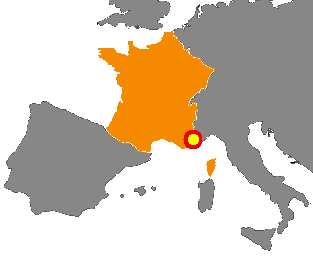Mean-field approaches
Modeling neural activity at scales integrating the effect of thousands of neurons is of central importance for several reasons. First, most imaging techniques are not able to measure individual neuron activity (“microscopic” scale), but are instead measuring mesoscopic effects resulting from the activity of several hundreds to several hundreds of thousands of neurons. Second, anatomical data recorded in the cortex reveal the existence of structures, such as the cortical columns, with a diameter of about 50μm to 1mm, containing of the order of one hundred to one hundred thousand neurons belonging to a few different species. The description of this collective dynamics requires models which are different from individual neurons models. In particular, when the number of neurons is large enough averaging effects appear, and the collective dynamics is well described by an effective mean-field, summarizing the effect of the interactions of a neuron with the other neurons, and depending on a few effective control parameters. This vision, inherited from statistical physics requires that the space scale be large enough to include a large number of microscopic components (here neurons) and small enough so that the region considered is homogeneous.
Our group is developing mathematical and numerical methods allowing on one hand to produce dynamic mean-field equations from the physiological charactetistics of neural structure (neurons type, synapse type and anatomical connectivity between neurons populations), and on the other so simulate those equations. Our investigations have shown that the rigorous dynamics mean-field equations can have a quite more complex structure than the ones commonly used in the literature (e.g. Jansen-Rit, 95) as soon as realistic effects such as synaptic variability are taken into account. Our goal is to relate those theoretical results with experimental measurement, especially in the field of optical imaging. For this we are collaborating with the DYVA team at INCM, Marseille.
